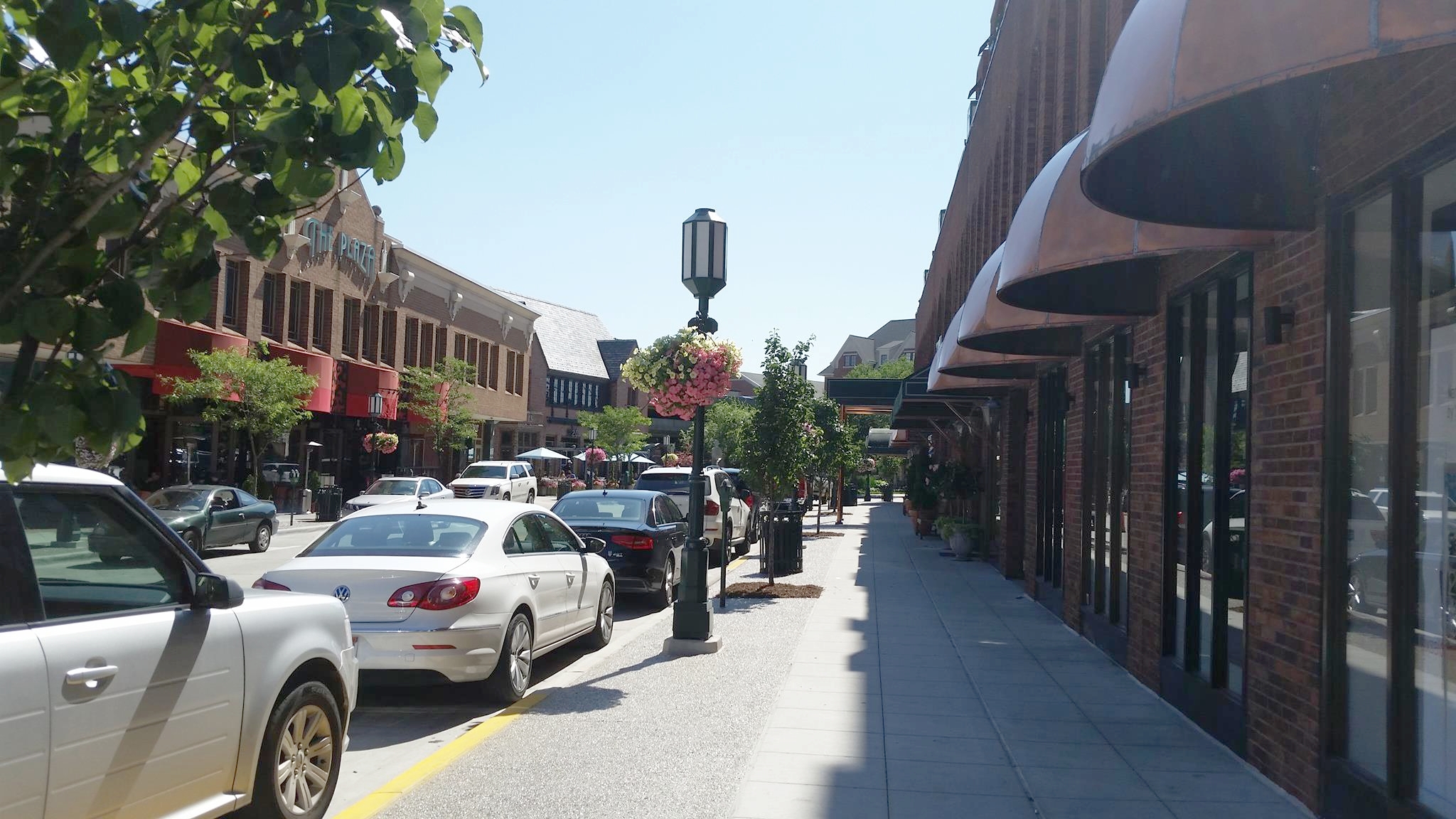Last month, a 14-year long project to improve and widen Interstate 75 in suburban Detroit, Michigan officially got started. 14 years is a long time for most anything, but when it comes to construction on a major highway, 14 years seems like an eternity.
Fox 2 Detroit talked to Bloomfield Hills resident Indigo Zuri, who said "It's needed but the flip side of that is 14 years is a really long time...Why so long? I'll be too old to drive in 14 years." CBS Detroit talked to Annie Rosenborough of Detroit, who was among motorists not happy to hear about any of it. “I’m going to have to get up a little bit earlier to get to work on time,” she told WWJ’s Charlie Langton.
The first construction of the project started with a 2-year, $90.8 million project to reconstruct both directions of I-75 between Coolidge Highway and South Boulevard in Oakland County. The project includes reconstructing pavement, replacing bridges and modernizing the Square Lake Road interchange. The Michigan Department of Transportation says lane closures are planned.
A new traffic configuration is expected to last into early September, when additional work on the project is scheduled to begin. The first phase includes roadways in Bloomfield Township and Troy. The right lane of southbound I-75 from the Square Lake interchange to Coolidge Highway will be closed as road crews prepare for a traffic shift. That traffic shift will happen in mid-September. This first phase of the project will cover about three miles of the interstate and is set to be complete in November of 2017. Of course, with construction comes more traffic, and delays all along I-75. "It's going to be a pain. We acknowledge that; we understand that, but this work needs to be done. We have to improve safety. It's our responsibility to put out the safest freeway we can," says Michigan Department of Transportation (MDOT) spokesperson Rob Morosi.
Drivers will also see some single-lane closures on northbound I-75 from Coolidge Highway to South Boulevard, and on the north and southbound I-75 ramps to westbound Square Lake Road. This is just the beginning of the construction that is planned, as the work is taking place in phases through 2030. Overall, the construction will widen the roadway from 8 Mile all the way up to M-59 and the cost of the roughly 18-mile project is expected to top $1 billion.
Waiting in traffic can make anyone impatient, but worse than having to wait in traffic is getting into an accident in traffic. Many drivers are so impatient that they will tailgate and push their and your luck to the limit. If you or somebody you know has been injured in an accident involving an impatient driver, call The Michigan Law Firm, PLLC. Call us today, at 844.4MI.FIRM, for a free consultation.




























